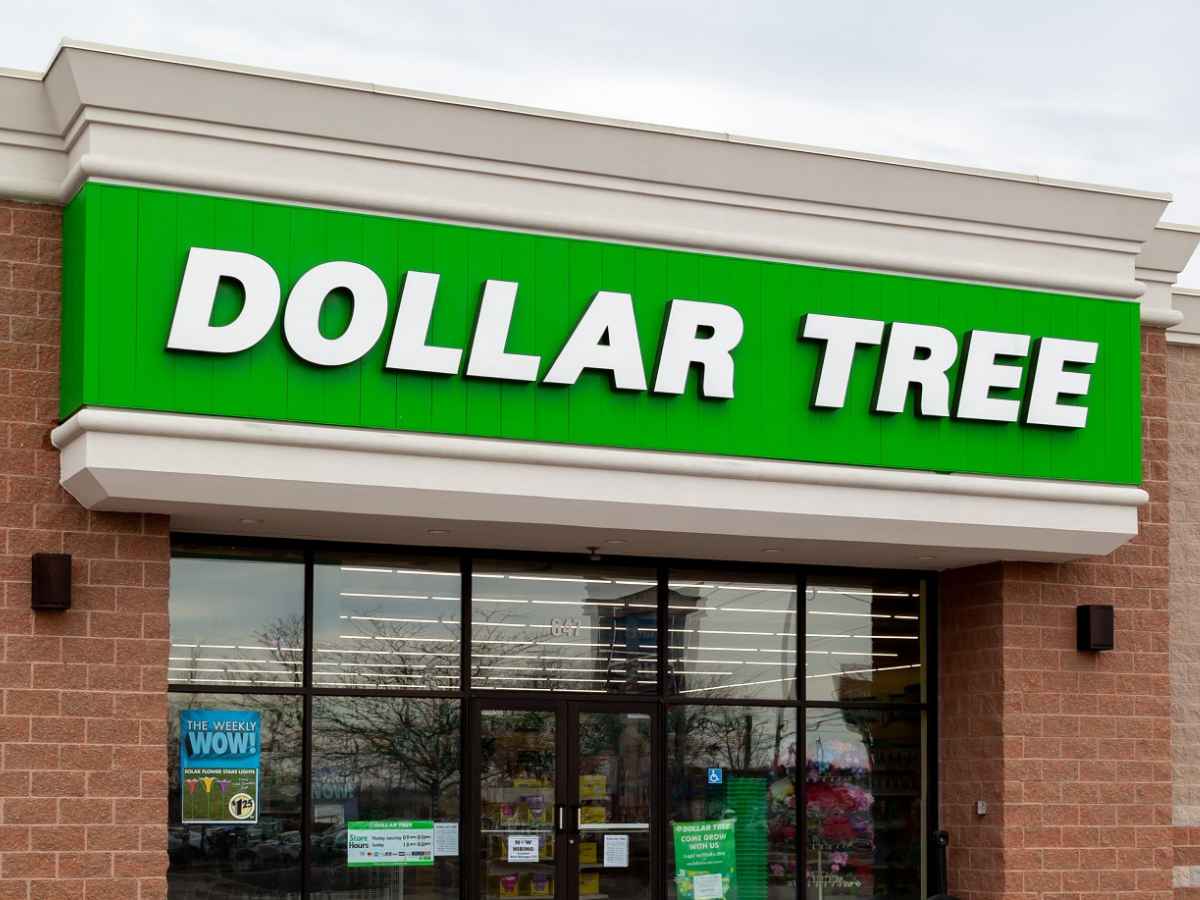The retailer has ended its troubled venture a decade after acquiring the chain for nine times more. Now, a new chapter begins under new ownership.
It was bound to happen. After nearly a decade of failed promises, Dollar Tree has finally sold Family Dollar, its long-suffering discount chain, for just $1 billion. The same chain it acquired for $9 billion back in 2015, in what was supposed to be a game-changing merger. Instead, it turned into a prolonged headache, now ending in one of the most significant strategic retreats in American retail.
The sale, still pending regulatory approval, hands the reins to Brigade Capital Management and Macellum Capital Management, two investment firms that have committed to giving Family Dollar a second life. But the path ahead is far from easy.
What went wrong?
Dollar Tree’s ambition was clear from the start: absorb a competitor, streamline costs, and dominate the low-price retail space. But the execution was flawed from day one. Many Family Dollar stores were poorly located—sometimes just blocks apart—underinvested, and struggled with overlapping audiences. Instead of growing the pie, they ended up cannibalizing each other.
Add to that deteriorating store conditions, an outdated business model, inflation, leftover Trump-era tariffs, and competition from retail giants like Walmart, and it becomes easier to understand how nearly $8 billion in value vanished.
Internally, there were also mismatches. Dollar Tree catered to middle-income shoppers, while Family Dollar focused on lower-income communities. The brands never aligned, and the operational merger failed to deliver promised synergies.
A slow collapse
Pressure to spin off Family Dollar started as early as 2016, with investors openly questioning the wisdom of the acquisition. Since then, performance lagged, stores degraded, and consumer interest waned. The company admits it was a hard decision, but ultimately unloading Family Dollar was the only viable option left.
“The management team and the Board of Directors believe this transaction offers the best path forward,” Dollar Tree said in a statement announcing the sale.
What’s next for the stores?
The more than 8,000 Family Dollar locations will remain open during the transition period, but the new owners will have to make hard decisions. Many of these stores are in disrepair, and a full market reassessment is expected to determine which ones can be saved and which will close.
For workers, the outlook is uncertain. While there are no confirmed mass layoffs, analysts anticipate some restructuring, especially in underperforming regions. In a retail landscape that’s being reshaped by e-commerce and shifting consumer habits, Family Dollar will have to reinvent itself quickly—or disappear altogether.

